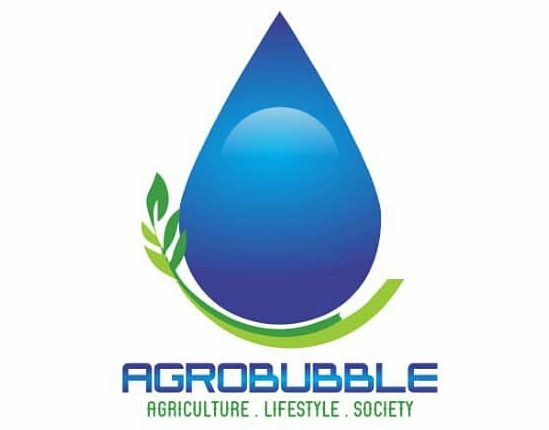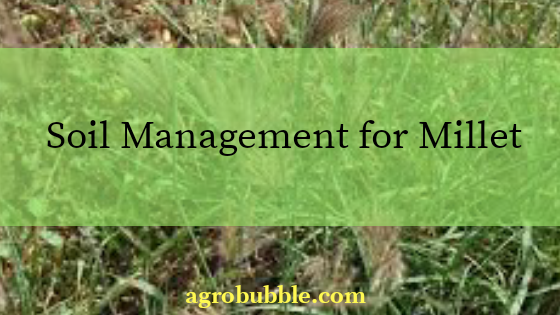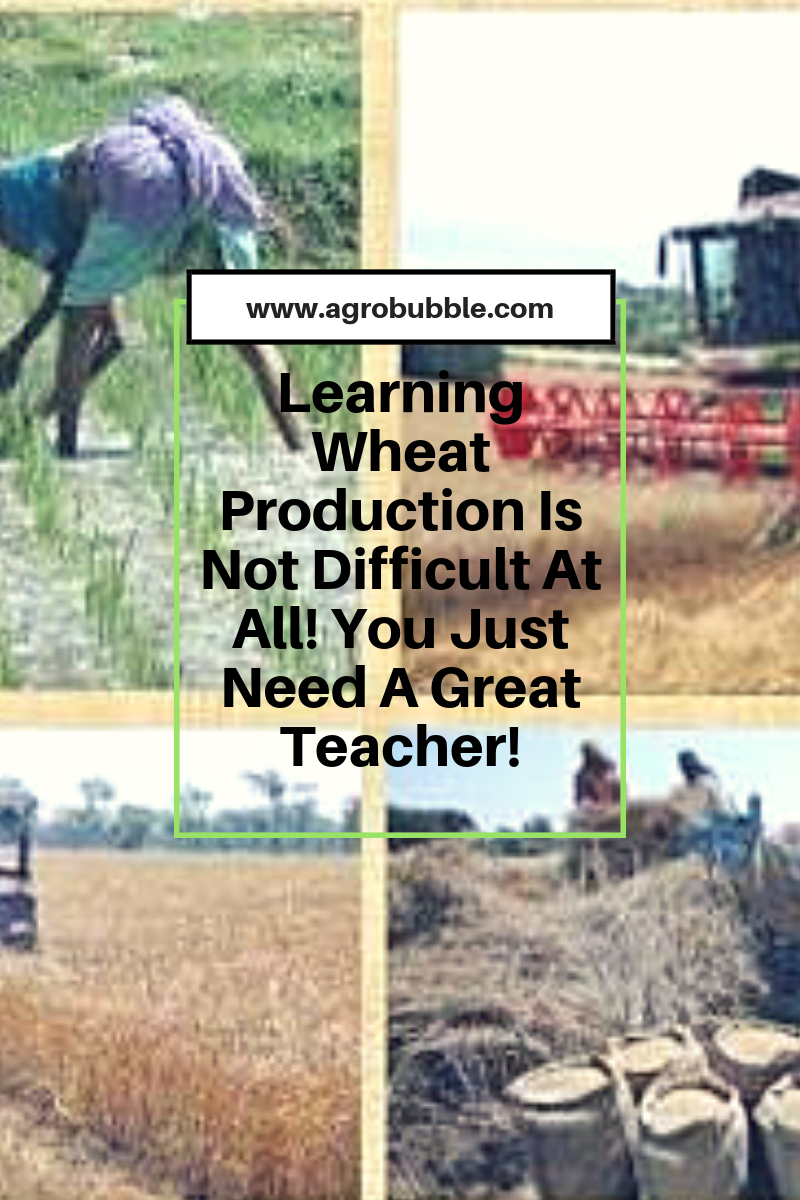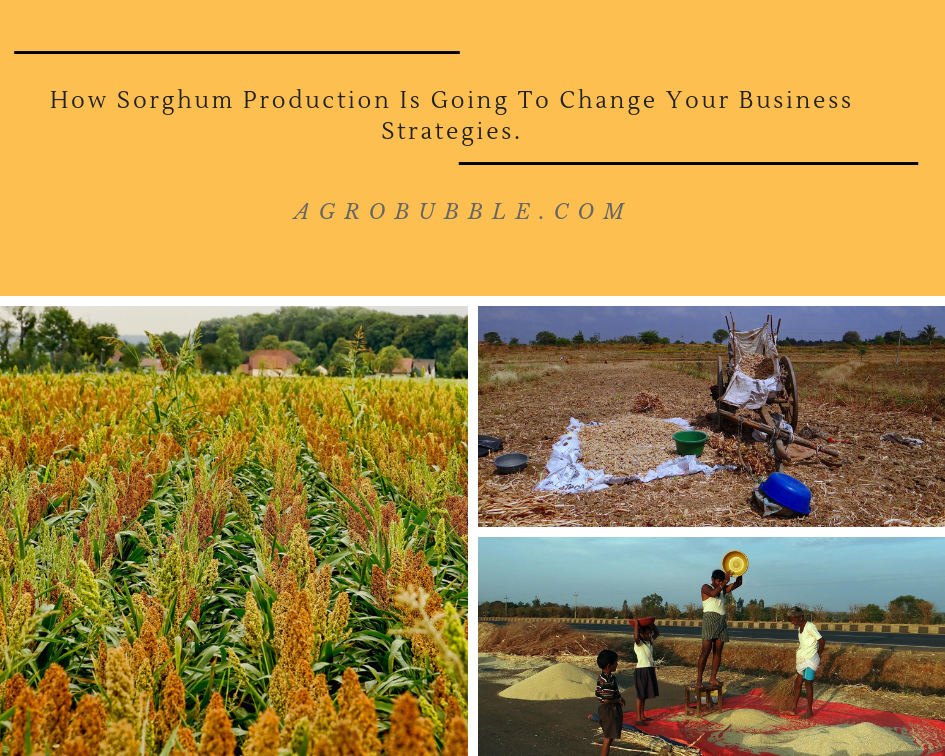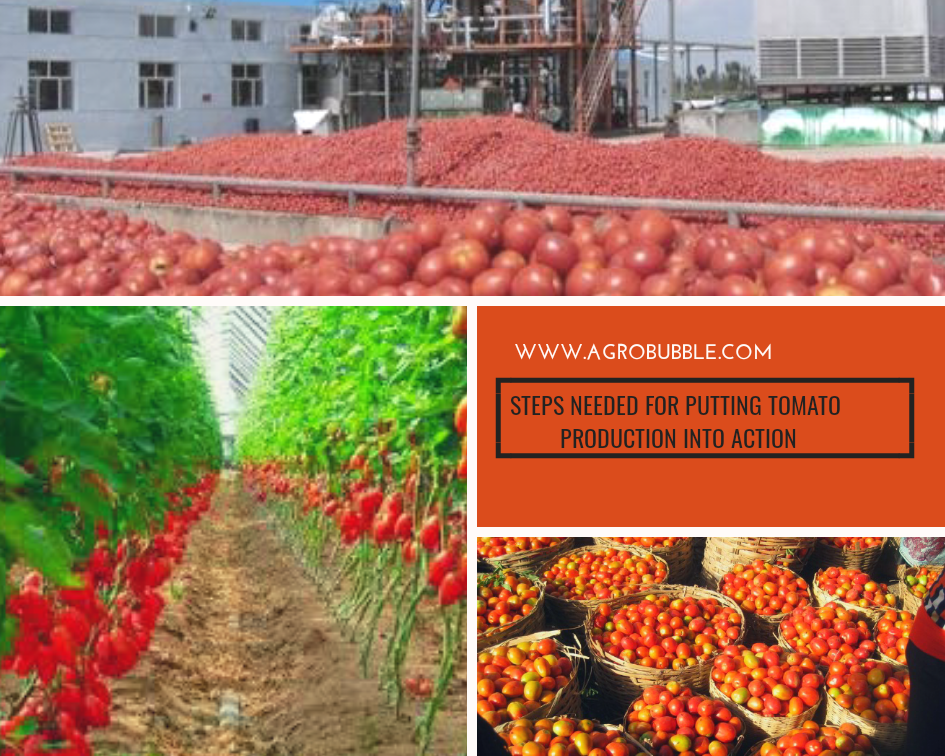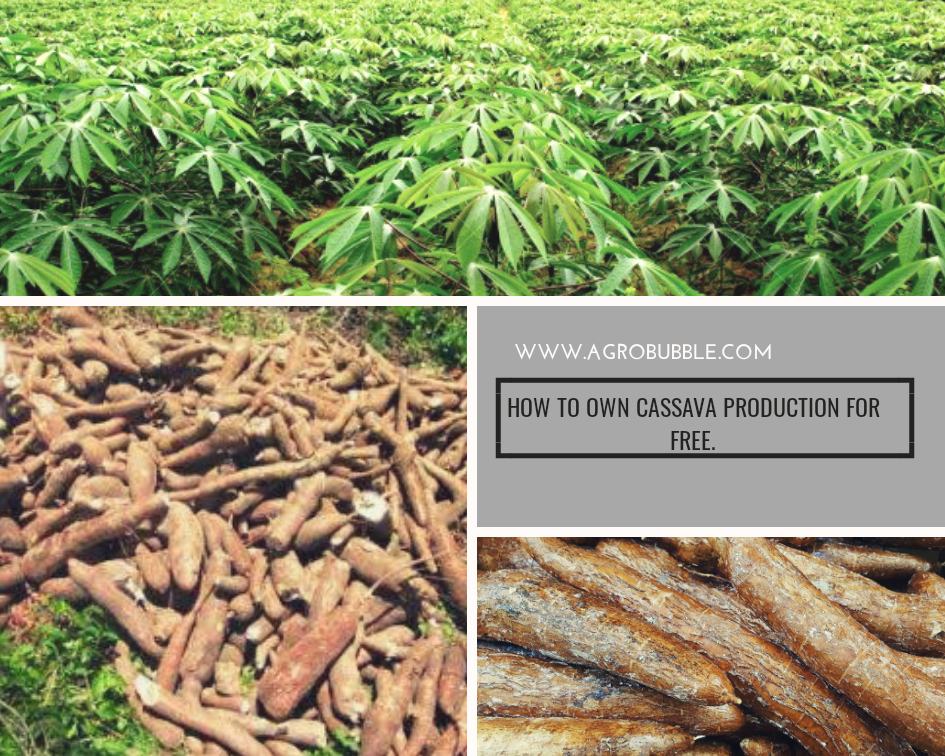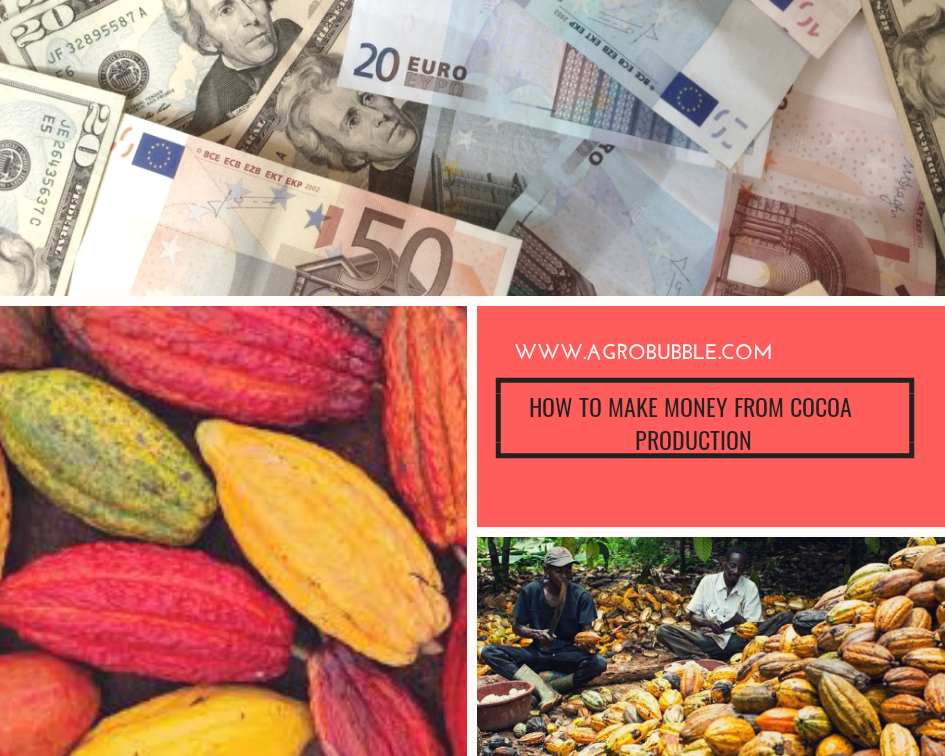Agriculture
How To Make More Money With Maize Production
In this article, you will understand the real deal on how to make more money with maize production. Maize is one of the world’s most important crops. It is the cereal with the highest yield potential. However, the endosperm proteins are deficient in two essential amino acids, lysine and tryptophan (is a problem in all […]
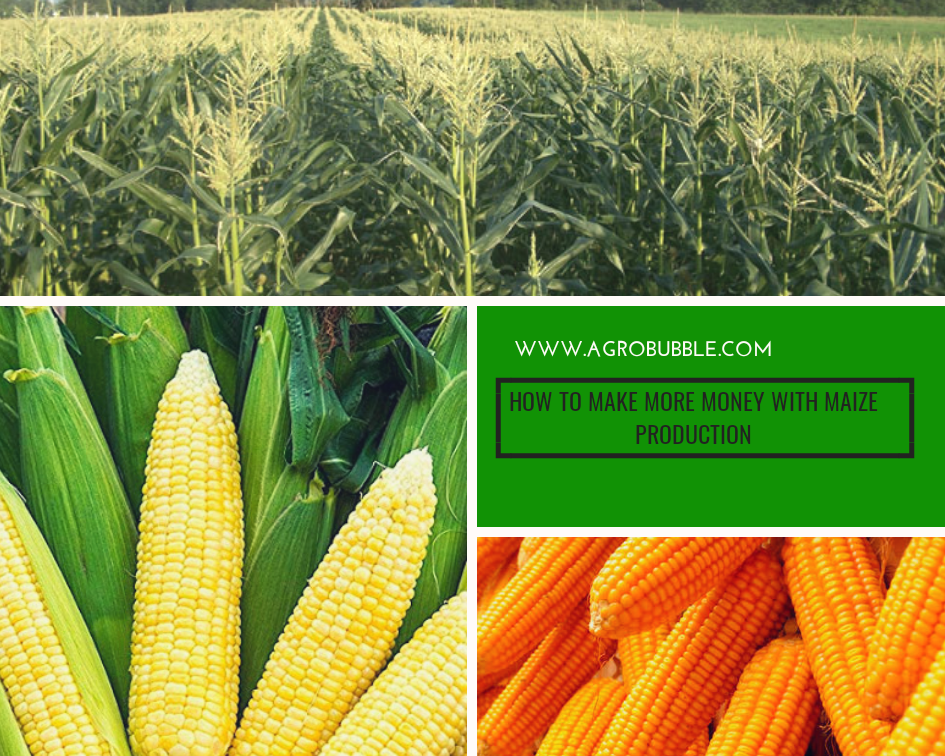
In this article, you will understand the real deal on how to make more money with maize production. Maize is one of the world’s most important crops. It is the cereal with the highest yield potential.
However, the endosperm proteins are deficient in two essential amino acids, lysine and tryptophan (is a problem in all cereal), but the germ protein is rich in these two.
This is why the introduction of quality protein maize (QPM) with enhanced values of these amino acids is of great help to the dietary needs of the Nigerian consumer (both human and animal).
Silage green maize is a valuable animal food. Maize is also industrially important for the production of starch, oil, alcohol, ceramics, drugs, paints and textiles.
Read Also: HOW TO MAKE MONEY FROM COCOA PRODUCTION
SITE SELECTION FOR MAIZE PRODUCTION
Maize is more extensively distributed globally than any other cereal crop because it adapts to a wide range of climates. It needs a lot of sunshine and warmth and most cultivars (varieties) have little sensitivity to photoperiod.
The best maize regions are those which receive an annual precipitation 600-1000mm, although it is also successfully grown under irrigation after the cold harmattan period (winter period) is over. The ideal soil for maize is a deep, medium-textured, well-drained, fertile soil with a high water holding capacity in the pH range of 5.5-8.0.
VARIETIES OF MAIZE PRODUCTION
The modern highly selected cultivars can be put into the following groups:
MAJOR GROUPS (Dent maize, Flint maize, Flour on Soft maize) or MINOR GROUPS (Sweet corn, Pop corn, Pod corn, Waxy maize).
Most of the varieties in Nigeria belong to the dent and flint. However, the cultivation of pop corn and sweet maize is on the increase, mainly as a cash crop.
Now the examples of maize varieties includes the followings:-
– TZP BSR-W
– TZBSR
– 95TZEE-W1
– 95TZEE-Y
– TZEcomp3
– Pool 16-DT
– Acr97TZLcomp1-W
– Hybrids (Oba Super 1 and Oba Super 2)
– SAMMAZ 13
– SAMMAZ 18
– SAMMAZ 19
– SAMMAZ 21
– SAMMAZ 14, 16, 17, 22, 23, 24,and 25.
FIELD MEASUREMENT FOR MAIZE PRODUCTION
Field measurement is very important in crop production because an accurate field measurement will guide a farmer to know the actual area on his /her farm.
The use of the Geographical positioning system (GPS) tool has simplified the rigour of land measurement. For area calculation, Select AREA, from the main menu of the GPS receiver. Then enter START, then walk around the perimeter of the farmland you want to measure.
Select CALCULATE to see the area inside the path walk through. The AREA’S unit can be converted to any unit in the GPS receiver.
LAND PREPARATION FOR MAIZE PRODUCTION
The conventionional method is the same as for Sorghum. However, minimum tillage for field preparation has been more extensively tested and adopted form size than for any other crop.
Tillage is an age-old process that most farmers employ to make seeds. Its aim is to create a soil environment favourable to plant growth. It loosens the soil, kills weeds, and improves the circulation of the water and air in the soil. However, in recent years because of the negative consequences of frequent tillage in many tropical soils, there is the new concept of reduced tillage i.e., minimum or zero tillage.
Tillage is considered inappropriate in the tropics because the top soil is shallow and fragile. Minimum tillage entails that crop production should be carried out with as little tillage or soil disturbance as possible, as tillage is seen as a necessary evil, which should only be sparingly indulged in.
No-till or zero tillage involves preparing a seed with no tilling. In this system, residues from the preceding crops are left on the field as a covering called MULCH. Rain water washes the chemicals down through the mulch and into the soil. In most cases, no further soil preparation is necessary. The seed is ready for planting.
The no-till method improves the traditional tillage system in several ways. For example, the mulch helps prevent erosion and helps keep moisture in the soil. By eliminating pooling and harrowing, the method saves both time and tractor fuel.
The minimum and zero tillage hold some promise in Nigeria since most of the soils in the Savanna typical of tropical soils are shallow, fragile, have low organic matter, low cat-tion exchange capacity (CEC) and are prone to soil erosion.
Similarly, the increase in population and changing attitude to agriculture has resulted in increased intensification and mechanization of farming activities. Significant problems arise from the soil tillage using heavy implements and animal traction which include soil compaction, erosion and runoff.
PLANTING TIME AND METHODS OF PLANTING MAIZE
The time of showing is the most critical factor affecting maize yield (if sown early it will mature in rains, which will affect the quality of grains and when sown late, it will result in poor yield).
Maize should be sown as soon as rain is established. In parts of Nigeria where there are two distinct rainfall peaks, two crops of maize can grown in a year. The seed rate is 20-25kg/ha and the spacing is 75cm by 25cm or 90cm by 20cm thinned to 1 plant per hole or per standar 2 WAS.
INTEGRATED SOIL FERTILITY MANAGEMENT
Maize has a high demand for nitrogen, and this is often the limiting nutrient in maize production. Thus, maize should be fertilized adequately especially the hybrids to enable them to reach their fullest expression.
The recommended dose is 120kg N, 60kg P2O5 and 60kg K2O per hectare split applied at sowing or 2 WAS and at 4 weeks after first application.
Incorporate the fertilizer into the soil and cover. Usually, as with other cereals, it is only the N that is split applied while whole of P and K are applied basally.
SOIL MANAGEMENT FOR MAIZE PRODUCTION
It is important to return crop residues of the previous year into the soil where sorghum is to be planted.
It is also important to grow sorghum in rotation with legume corps to provide natural soil enrichment.
It is recommended to apply 5-10 tons of Farm Yard Manure in order to improve soil nutrients, texture and structure.
See Also: How To Own Cassava Production For Free
WATER MANAGEMENT MAIZE PRODUCTION
Maize requires adequate water to increase yield.
Rainfall requirement ranges from 600-1000 mm depending on the varieties to be planted.
Maize does not require water logged sites. The sites and soil should be well drained.
SAFETY USE AND HANDLING OF PESTICIDES IN MAIZE PRODUCTION
Precautions must be followed to ensure safe use of pesticides.
Even after use, the empty containers must be disposed of very well by burying them.
Instructions as stated on the label of the pesticides must be followed while only trained personnel should apply pesticide at recommended rate.
The personnel should also wear protective clothing during application of pesticide.
HARVESTING PROCESS
The crop is mature when the kernels reach the hard dough stage. A time of physiological maturity when there is a black layer at the point of attachment of the grain to the cob.
Maize is generally picked by hand in most parts of the country, but in large scale agriculture, it is usually harvested mechanically which also shells the cobs at the same time.
What is your own take on this post? Use the COMMENT section below to share.
